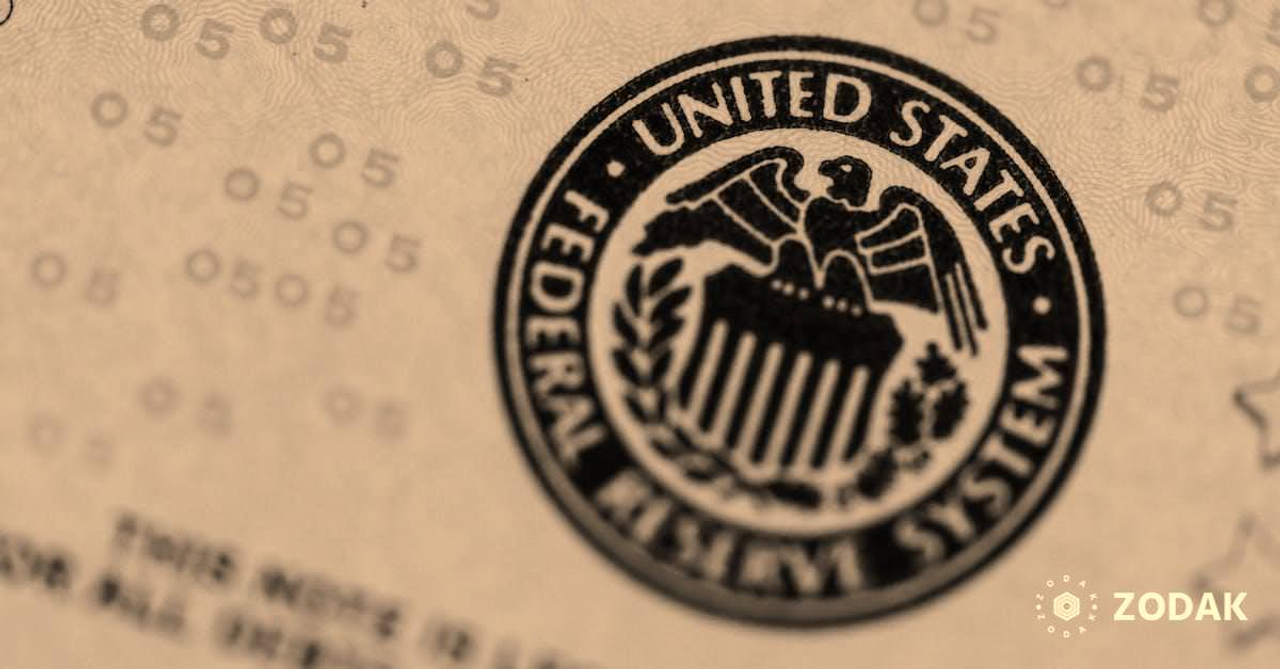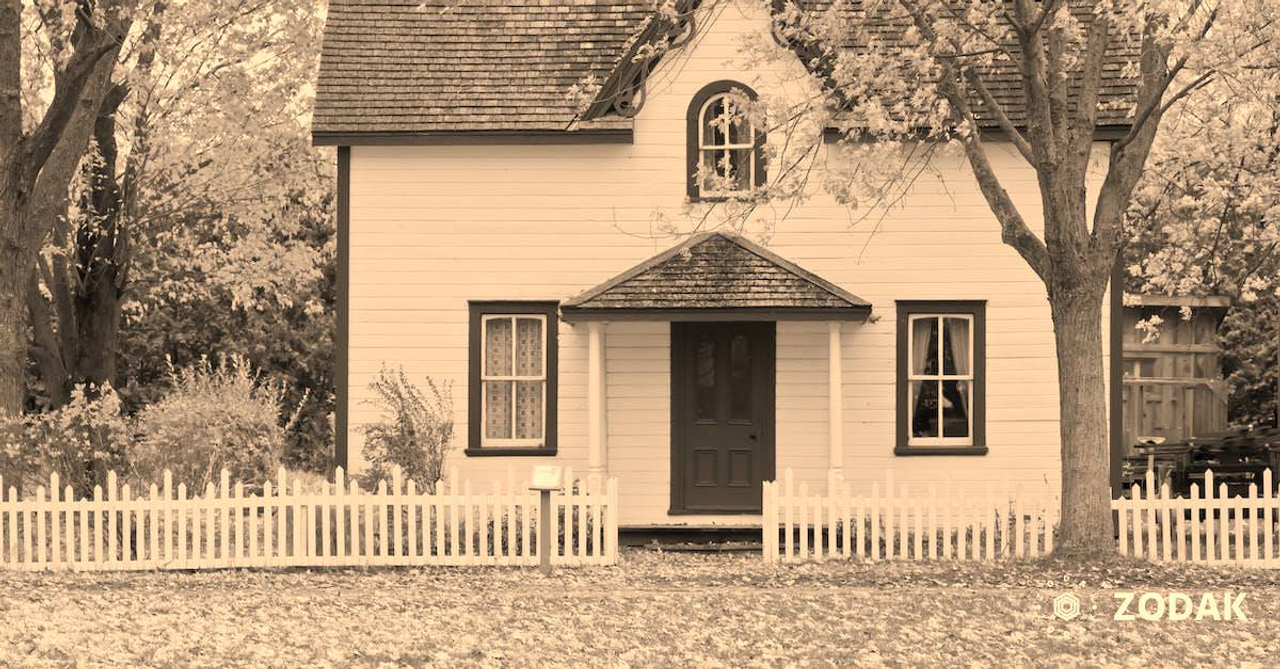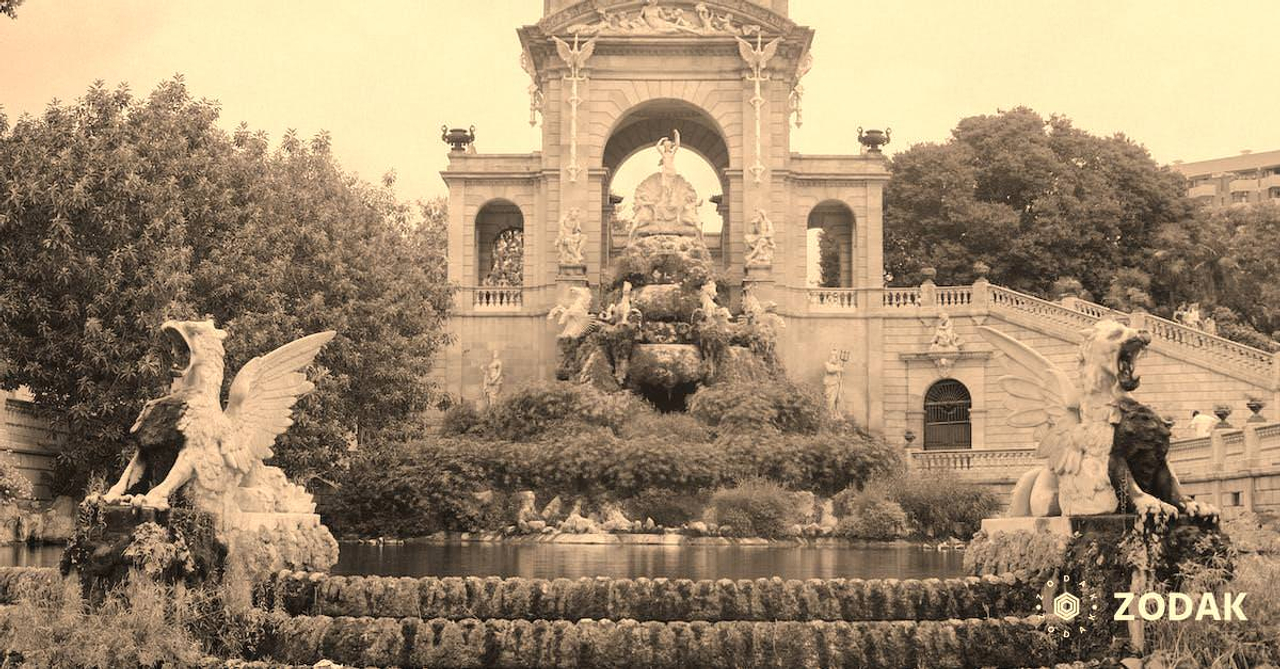Experiencias Educativas por México: De Águila Real a Cultura Prehispánica

Experiencias Educativas por México: De Águila Real a Cultura Prehispánica is an article that aims to explore the educational experiences available in Mexico, focusing on the journey from the Águila Real to the Pre-Hispanic culture. The article sheds light on the importance of preserving the rich cultural heritage of Mexico, including its ancient traditions, customs, and architectural masterpieces. Through Experiencias Educativas por México: De Águila Real a Cultura Prehispánica, readers can learn about the educational opportunities that exist in this region and how they can contribute to the preservation and promotion of Mexico's diverse cultural heritage. The article covers a range of topics, including the history of Águila Real, architecture, arts, music, dance, and cuisine, and how they contribute to the education of locals and tourists alike. By highlighting the significance of pre-Hispanic culture in Mexico, Experiencias Educativas por México: De Águila Real a Cultura Prehispánica enables readers to gain a better understanding of the country's heritage and how it influences modern-day Mexico. Whether you are looking to experience Mexico's educational and cultural offerings firsthand or want to learn more about this beautiful country's history, this article is a must-read.
The Águila Real and Its Significance

The Águila Real or the Golden Eagle is a well-known symbol in Mexican culture and history. It is one of the largest and most powerful birds in North America. The eagle has great significance for the indigenous people of Mexico and the country itself. It was highly revered by the Aztecs who saw it as a messenger of the gods.
The Águila Real was also an important part of the coat of arms for the ancient Aztecs and later for the Mexican Republic. The eagle is depicted with a serpent in its beak and perched on a cactus. This image is still used as the official symbol of Mexico and is a reminder of the country's pre-Hispanic origins. Today, the Águila Real continues to be a symbol of strength, freedom, and bravery for Mexicans and is a source of inspiration for many.
Pre-Hispanic Architecture and Its Legacy

Pre-Hispanic architecture in Mexico is an outstanding example of the craftsmanship and engineering skills of ancient Mesoamerican cultures. These cultures developed unique architectural styles that are still influencing the design and construction of modern buildings. Pre-Hispanic architecture is characterized by the use of natural materials such as stone, adobe, and wood. One of the most impressive examples of this type of architecture is Teotihuacan, located near Mexico City, which was built between the first and seventh centuries AD. The site contains many monumental buildings such as the Pyramid of the Sun, the Pyramid of the Moon, and the Temple of the Feathered Serpent.
The legacy of pre-Hispanic architecture in Mexico can be seen in the numerous historical buildings and archaeological sites across the country. The most significant of these sites include Chichen Itza and Palenque, which have been designated as World Heritage Sites by UNESCO. The influence of pre-Hispanic architecture can also be observed in modern constructions, where architects and builders continue to use traditional materials, such as adobe, to construct buildings that are both durable and visually appealing. In conclusion, the legacy of pre-Hispanic architecture in Mexico is evident in the numerous impressive buildings and sites that are still standing today.
The Arts: From Aztec Music to Folkloric Dance
The arts in Mexico have a rich and diverse history that dates back to pre-Columbian times. The Aztecs, for instance, had a sophisticated musical and dance culture, with a variety of different instruments used in their music, such as drums, flutes, and rattles. They also had different forms of folkloric dance, often performed at important community events or celebrations.
After the Spanish conquest, European influences began to shape Mexican art. The colonial period saw the rise of Baroque art, with its ornate style and religious themes, as well as the blending of European and Indigenous styles in architecture and painting. In the post-revolutionary period, the Mexican Muralist movement emerged, creating large-scale public art that celebrated Mexico's Indigenous heritage. Today, Mexican art continues to evolve, with contemporary artists incorporating digital media and new technologies in their works.
Mexican Cuisine: A Cultural Experience for the Senses
Mexican cuisine is much more than just delicious food. It is a cultural experience for the senses that reflects the history, traditions, and customs of the country. Mexican cuisine has a history that dates back to pre-Columbian times when the indigenous people cultivated maize, beans, chili, and other ingredients that form the basis of Mexican cuisine today.
The richness of Mexican cuisine lies in its diversity and complexity. The cuisine varies from region to region, and each region has its own unique flavors, ingredients, and cooking techniques. Some of the most popular dishes in Mexican cuisine are tacos, enchiladas, mole, guacamole, and tamales.
The diverse blend of ingredients, flavors, and aromas that make up Mexican cuisine creates a truly unique and unforgettable experience for the senses. Whether you're savoring the sweet, smoky flavor of a grilled chicken taco, or diving into a rich, velvety bowl of mole, Mexican cuisine is a journey through thousands of years of history and culture. So next time you're in Mexico, make sure to embark on a culinary adventure and discover the magic of this vibrant and flavorful cuisine.
Exploring the Pyramids and Archaeological Sites
Mexico is famous for its rich cultural heritage, and exploring the pyramids and archaeological sites is a must-do activity for anyone visiting this beautiful country. With ancient ruins scattered across the country, visitors can experience a deep sense of history and wonder by wandering amongst the ruins of some of the greatest civilizations the world has ever known.
One of the most popular tourist attractions in Mexico is the famous Mayan ruins in Chichen Itza. Visitors can marvel at the exquisite architecture, which includes the iconic pyramid, the Pyramid of Kukulkan. Another popular choice is the Teotihuacan Pyramids, located close to Mexico City. Visitors can climb the Pyramid of the Sun and Pyramid of the Moon for a breathtaking view of the surrounding countryside. Other sites include the ruins at Tulum and Coba, where history buffs can explore well-preserved ruins nestled in the jungle.
To truly experience the educational value and cultural significance of these incredible landmarks, visitors are encouraged to take guided tours led by local experts. With multilingual guides available in most places, visitors can gain a deeper understanding of the historical importance of each site and the culture of the ancient civilizations that built them. Exploring the pyramids and archaeological sites of Mexico is a fascinating and awe-inspiring journey that is not to be missed!
Learning from Traditional Artisans and Craftsmen
The traditional artisans and craftsmen are the inheritors of ancient skills and knowledge that have been passed down through generations. In Mexico, these masters of traditional techniques are an invaluable resource for those seeking to learn more about the country's culture and history.
Experiencing firsthand the work of these artisans and craftsmen is an educational journey that can uncover not only the techniques of traditional craft but also the stories and meanings behind them. The process of learning from these experts also highlights the importance of preserving these precious skills and talents that have been developed over centuries.
Furthermore, engaging with traditional artisans and craftsmen offer unique insights into the communities and cultures they belong to. Through this interaction, we can learn about the values, beliefs, and traditions that define a particular group and differentiate one from another.
Overall, learning from traditional artisans and craftsmen is a valuable experience that enriches our understanding not just of specific crafts but also the people, cultures, and histories of Mexico.
Preserving Cultural Heritage for Future Generations
Cultural heritage refers to the traditions, customs, beliefs, practices, and artifacts that are transmitted through generations. Cultural heritage is an essential component of our identity and reflects our history and way of life. It is essential to preserve cultural heritage for future generations for several reasons.
Firstly, preserving cultural heritage allows us to understand our past and how we became who we are. It helps us to understand our roots and provides a sense of connection to our ancestors. It also helps us to appreciate the diversity of our cultural heritage, which is an essential component of our social fabric.
Secondly, preserving cultural heritage allows us to share our traditions and customs with future generations. It helps to ensure that our unique cultural practices and artifacts are not lost over time. It also provides opportunities for cultural exchange and education, which fosters understanding and empathy among different cultures.
In conclusion, preserving cultural heritage for future generations is crucial. It allows us to understand our past, share our traditions, and appreciate the diversity of our cultural heritage. It is our responsibility to ensure that our cultural heritage is passed down to future generations to ensure that they have a sense of identity and a connection to their history and ancestors.
Experiencias Educativas por México: De Águila Real a Cultura Prehispánica
Mexico is a country with a rich history and culture, and the combination of education and tourism can help to showcase these assets to the world. In recent years, the Mexican government has embarked on a mission to promote educational tourism throughout the country, with the aim of boosting the economy and promoting understanding between different cultures.
Educational tours of Mexico offer visitors the opportunity to learn about fascinating topics such as the pre-Hispanic era, which has played a pivotal role in shaping the country's cultural and historical identity. These tours often include visits to ancient ruins, museums, and cultural landmarks, with expert guides providing insightful commentary along the way. By showcasing Mexico's diverse heritage, educational tourism can help to foster a greater appreciation for different ways of life and promote a more harmonious global community.
Overall, the promotion of educational tourism in Mexico is an exciting development that has the potential to benefit both locals and foreigners alike. By offering a window into Mexico's rich history and culture, educational tours can broaden horizons, deepen understanding, and inspire a new generation of travelers to explore all that this fascinating country has to offer.
- ¿Qué es Experiencias Educativas por México: De Águila Real a Cultura Prehispánica? Es un programa educativo que busca acercar a los jóvenes mexicanos a la cultura y la historia prehispánica del país a través de diversas actividades y talleres.
- ¿Cuáles son las actividades que se realizan en el programa? Entre las actividades que se realizan en el programa se encuentran visitas a zonas arqueológicas, talleres de artesanías, expediciones en la naturaleza, entre otras.
- ¿A quiénes está dirigido el programa? El programa está dirigido a jóvenes mexicanos entre 12 y 18 años que quieran conocer más sobre la cultura y la historia de México.
- ¿Cuál es el objetivo del programa? El objetivo del programa es fomentar el conocimiento y el amor por la cultura y la historia de México entre los jóvenes, y a la vez, promover el turismo cultural en el país.
- ¿Cómo puedo inscribirme en el programa? Para inscribirte en el programa, debes contactar a la organización encargada de la actividad en específico que te interese. Cada actividad tiene su propio proceso de inscripción y requisitos.
- ¿Es gratuito el programa? No necesariamente. Depende de la actividad y la organización encargada. Algunas actividades son gratuitas, mientras que otras pueden tener un costo.
- ¿Qué beneficios tiene participar en el programa? Participar en el programa puede traer múltiples beneficios, como aprender sobre la cultura y la historia de México, conocer nuevas personas y lugares, desarrollar habilidades creativas, entre otros.
- ¿Hay algún requisito específico para participar en el programa? Depende de la actividad y la organización encargada. Algunas actividades pueden tener requisitos de edad, nivel educativo, lugar de residencia, entre otros. Es importante que consultes los requisitos específicos de cada actividad en su proceso de inscripción.
Este artículo sobre las experiencias educativas en México es muy interesante. Es importante enseñar y conservar nuestra cultura prehispánica.
Qué interesante proyecto educativo. Es importante preservar y difundir la cultura prehispánica de México.
Me encanta ver proyectos que promueven la preservación de la cultura prehispánica en México, ¡gracias por compartir!
¡Excelente iniciativa! Es importante que fomentemos la cultura prehispánica en nuestro país. Educación es la clave del cambio.